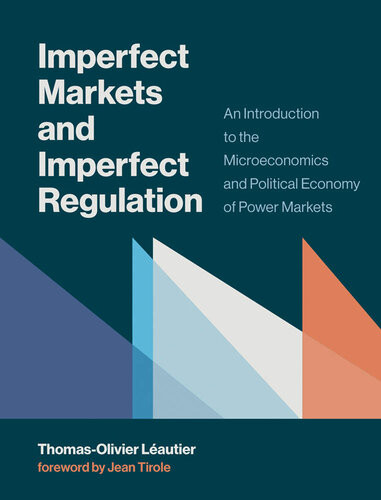

Most ebook files are in PDF format, so you can easily read them using various software such as Foxit Reader or directly on the Google Chrome browser.
Some ebook files are released by publishers in other formats such as .awz, .mobi, .epub, .fb2, etc. You may need to install specific software to read these formats on mobile/PC, such as Calibre.
Please read the tutorial at this link: https://ebookbell.com/faq
We offer FREE conversion to the popular formats you request; however, this may take some time. Therefore, right after payment, please email us, and we will try to provide the service as quickly as possible.
For some exceptional file formats or broken links (if any), please refrain from opening any disputes. Instead, email us first, and we will try to assist within a maximum of 6 hours.
EbookBell Team

4.3
38 reviewsThe power industry is essential in our fight against climate change. This book is the first to examine in detail the microeconomics underlying power markets, stemming from peak-load pricing, by which prices are low when the installed generation capacity exceeds demand but can rise a hundred times higher when demand is equal to installed capacity. The outcome of peak-load pricing is often difficult to accept politically, and the book explores the tensions between microeconomics and political economy.
Understanding peak-load pricing and its implications is essential for designing robust policies and making sound investment decisions. Thomas-Olivier Léautier presents the model in its simplest form, and introduces additional features as different issues are presented. The book covers all segments of electricity markets: electricity generation, under perfect and imperfect competition; retail competition and demand response; transmission pricing, transmission congestion management, and transmission constraints; and the current policy issues arising from the entry of renewables into the market and capacity mechanisms. Combining anecdotes and analysis of real situations with rigorous analytical modeling, each chapter analyzes one specific issue, first presenting findings in nontechnical terms accessible to policy practitioners and graduate students in management or public policy and then presenting a more mathematical analytical exposition for students and researchers specializing in the economics of electricity markets and for those who want to understand and apply the underlying models.